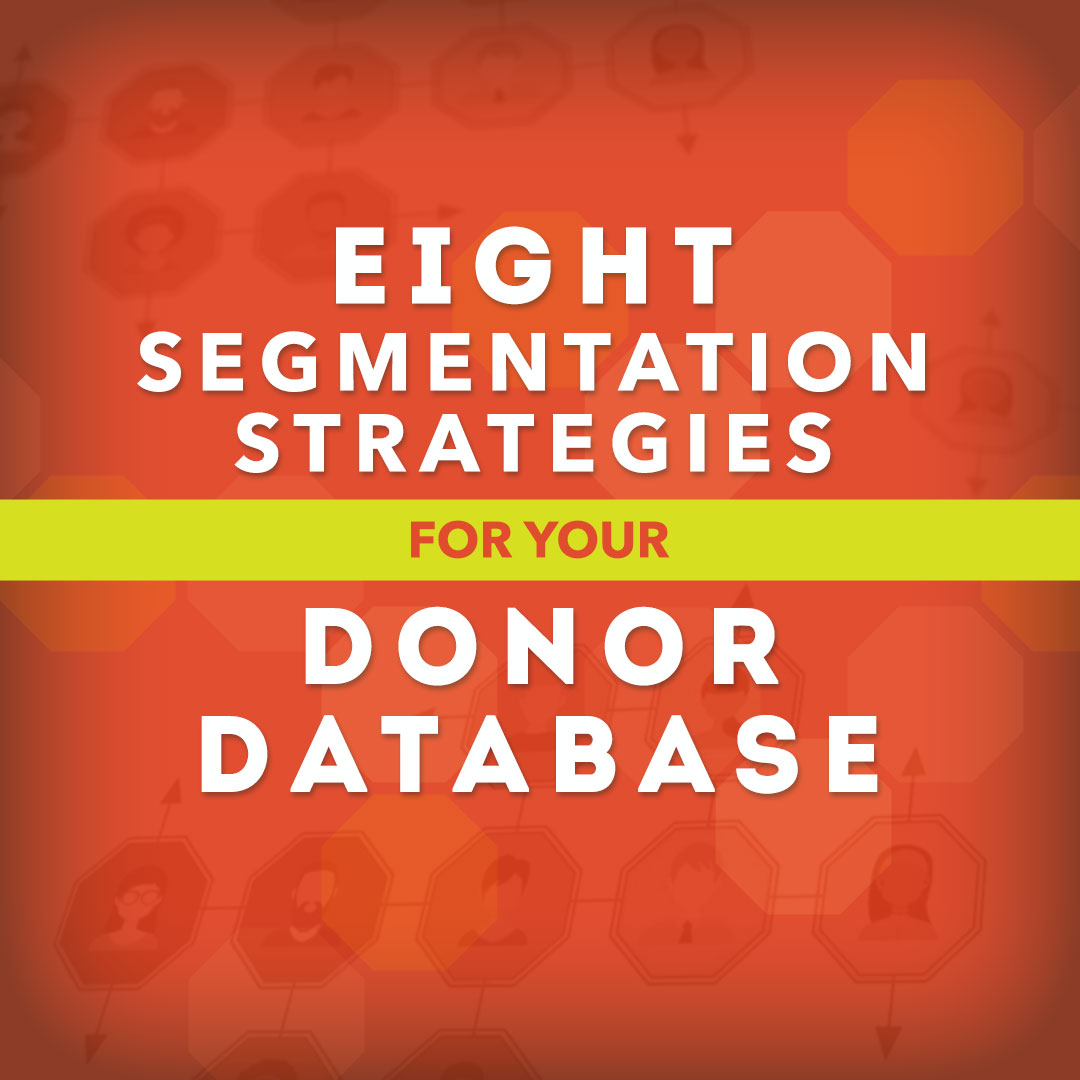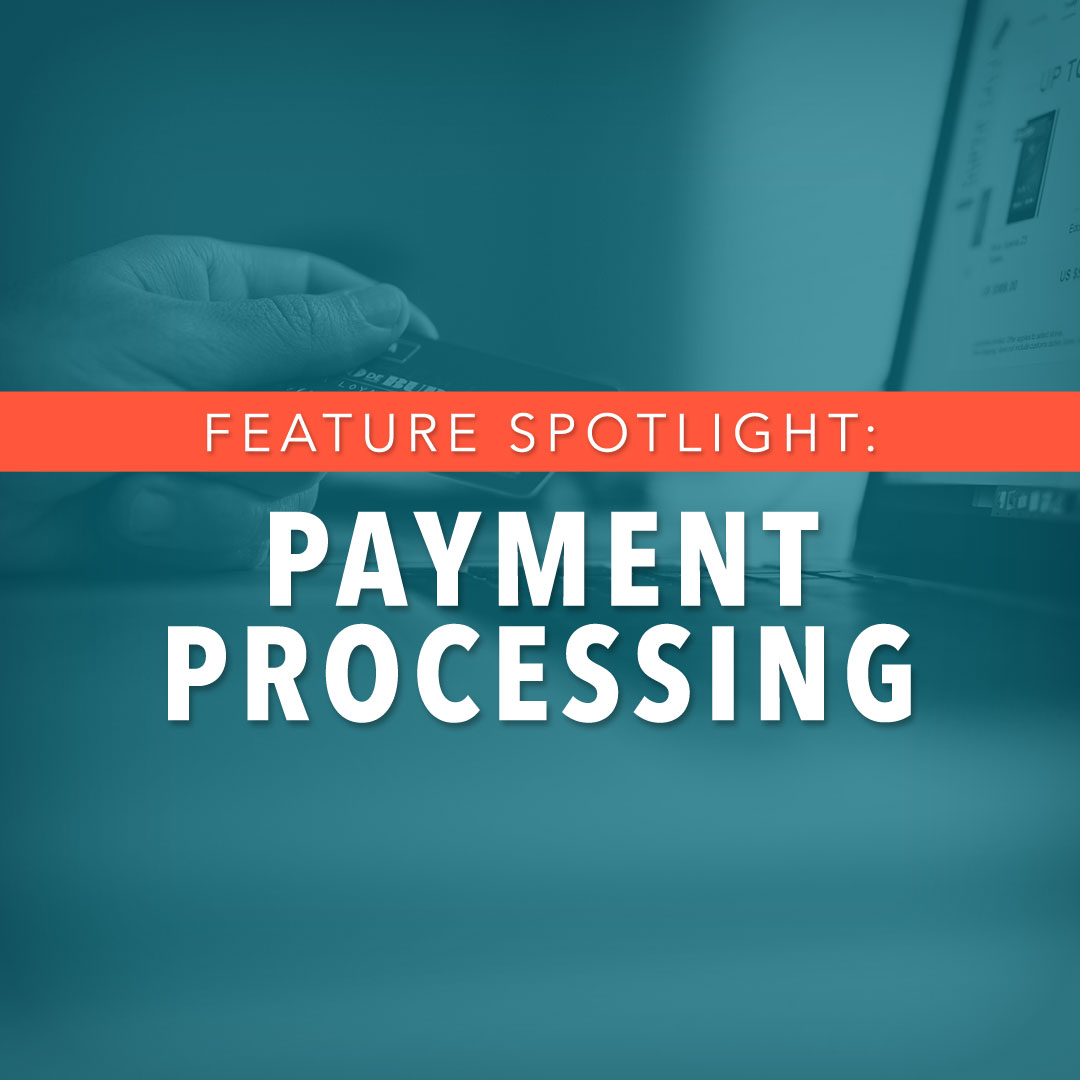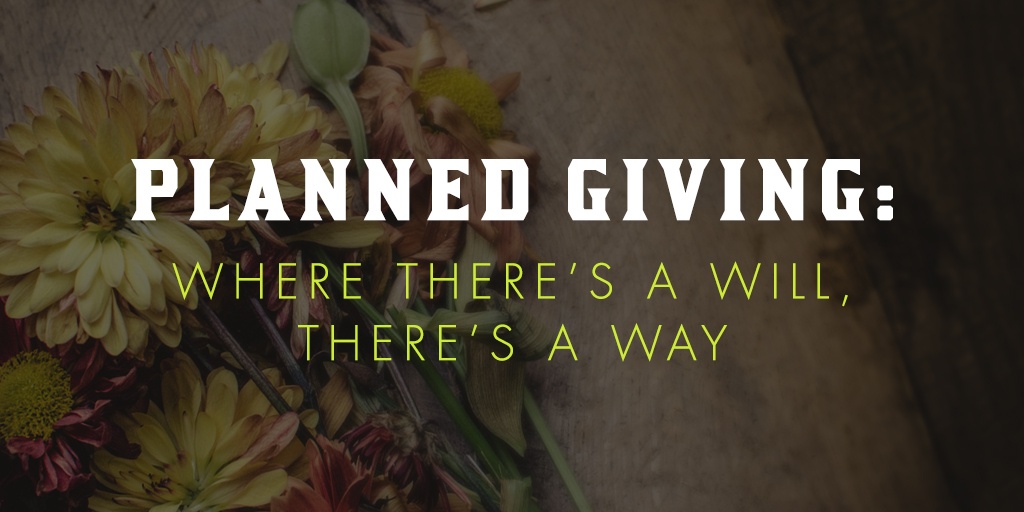For many nonprofits, setting up a planned giving program may seem daunting. After all, you’re usually preoccupied with meeting daily expenses and making sure you can fund the most pressing concerns coming up next month. Thinking about long-term giving — or giving that may come months or years down the road — is not even on your radar.
Yet, it should be. Planned giving from donors can be a great source of income for your organization, providing much-needed financial stability and security.
Encouraging planned giving doesn’t have to be awkward, complicated, or costly. Your organization can begin asking for and receiving planned gifts right away, as you follow these simple tips:
- Ask donors to remember your organization in their estate plans. Begin the practice of simply asking donors to consider making a donation to your nonprofit in their wills with a bequest.
- Recognize those who have arranged for planned giving already. Create a membership “level,” club, or society for those who have made plans to give to your organization upon their death. This type of recognition lets others know you have the option available and helps prompt them to make deferred gifts, as well.
- Suggest donors name your organization as a beneficiary. Your supporters can choose your organization as the beneficiary for several types of policies, plans and products they may own. Remaining balances or other proceeds from life insurance, Individual Retirement Account (IRAs), 401Ks, 403Bs, and pension plans can be given to your nonprofit as the deceased’s beneficiary. Bank accounts, certificates of deposit can be paid to your nonprofit through a “payable-upon-death” provision.
- Market your planned giving program with a focus on the longevity of your organization and how planned gifts will be used. Individuals want to be assured you and your work will remain long after they are gone. In their giving, they want to leave a legacy. They are not necessarily interested in funding operating expenses but instead want to know their money will be used to continue the important service and outreach they are supporting now.
- Tell your supporters about your new planned giving program with basic marketing materials. As with other aspects of your nonprofit’s donor development efforts, you’ll want to make sure you have marketing support to get the word out and deliver a consistent message. Create a page for your website explaining the planned giving program, and support it with social media posts, emails, and print collateral pieces. Make sure that your messaging is consistent and integrated.
These basic, effective ideas will help you start a planned giving program for your nonprofit. Just remember to be intentional with reminding your donors to “remember us in your estate plans,” and you’ll soon begin to see your new program grow, offering your organization another important funding stream.


-1.jpg)







